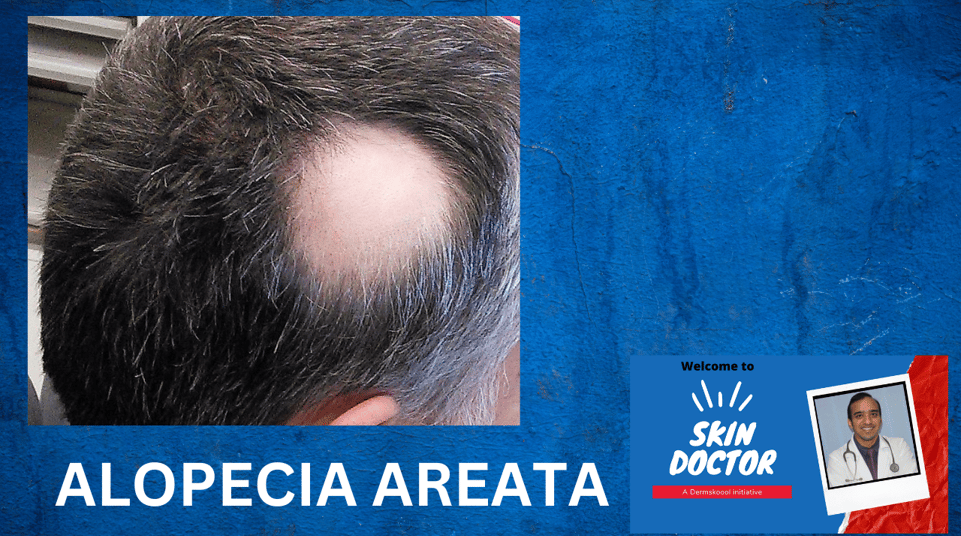ALOPECIA AREATA
HAIR DISORDERS
Dr.Sujith Karimbil
8/16/20232 دقيقة قراءة


Understanding Alopecia Areata: Causes, Symptoms, and Treatment Options
Introduction
Alopecia areata is a common autoimmune disorder that causes hair loss on the scalp and other parts of the body. It can affect people of all ages, genders, and ethnic backgrounds. While not life-threatening, alopecia areata can have a significant impact on an individual's self-esteem and quality of life. In this blog post, we'll delve into the details of alopecia areata, including its causes, symptoms, and available treatment options.
Causes of Alopecia Areata
Alopecia areata occurs when the body's immune system mistakenly attacks hair follicles, leading to hair loss. The exact cause of this autoimmune response is still not fully understood, but both genetic and environmental factors are believed to play a role. It's worth noting that alopecia areata is not contagious and cannot be spread through contact.
Symptoms and Presentation
The primary symptom of alopecia areata is hair loss, usually in small, round patches on the scalp. However, it can also affect other areas of the body where hair is present, such as the eyebrows, eyelashes, and beard. In some cases, individuals may experience more extensive hair loss, a condition known as alopecia totalis (complete loss of scalp hair) or alopecia universalis (loss of all body hair).
Alopecia areata can occur suddenly, and hair loss may progress rapidly. The affected areas of the skin are usually smooth and devoid of any noticeable irritation or inflammation.
Diagnosis
A dermatologist or healthcare provider can diagnose alopecia areata based on a physical examination and a discussion of your medical history. In some cases, a small sample of the affected skin (skin biopsy) may be taken for further analysis to rule out other conditions.
Treatment Options
While there is no known cure for alopecia areata, various treatment options are available to manage the condition and promote hair regrowth. Treatment effectiveness can vary depending on the individual's response.
Topical Corticosteroids: These anti-inflammatory creams or ointments can help suppress the immune response in the affected areas and promote hair regrowth.
Intralesional Corticosteroid Injections: Corticosteroids are injected directly into the bald patches, reducing inflammation and encouraging hair regrowth.
Minoxidil: An over-the-counter medication, minoxidil, is often used to stimulate hair regrowth. It's available as a topical solution or foam.
Topical Immunotherapy: This involves applying a substance, such as diphencyprone, to the affected areas to stimulate an allergic reaction that triggers hair regrowth.
Oral Medications: In some cases, oral medications that suppress the immune system's response may be prescribed by a healthcare provider.
Hairpieces and Wigs: For individuals experiencing extensive hair loss, hairpieces, wigs, or head coverings can provide a temporary solution.
Coping Strategies and Support
Dealing with hair loss due to alopecia areata can be emotionally challenging. Seeking support from friends, family, or support groups can provide valuable emotional assistance. Connecting with others who are experiencing similar challenges can help individuals feel less isolated and more empowered.
Conclusion
Alopecia areata is an autoimmune condition that leads to hair loss on the scalp and other parts of the body. While it can be emotionally distressing, there are various treatment options available to manage the condition and promote hair regrowth. If you suspect you have alopecia areata, consult a healthcare provider or dermatologist for proper diagnosis and guidance. Remember that you're not alone, and there is support available to help you cope with the challenges of this condition.
